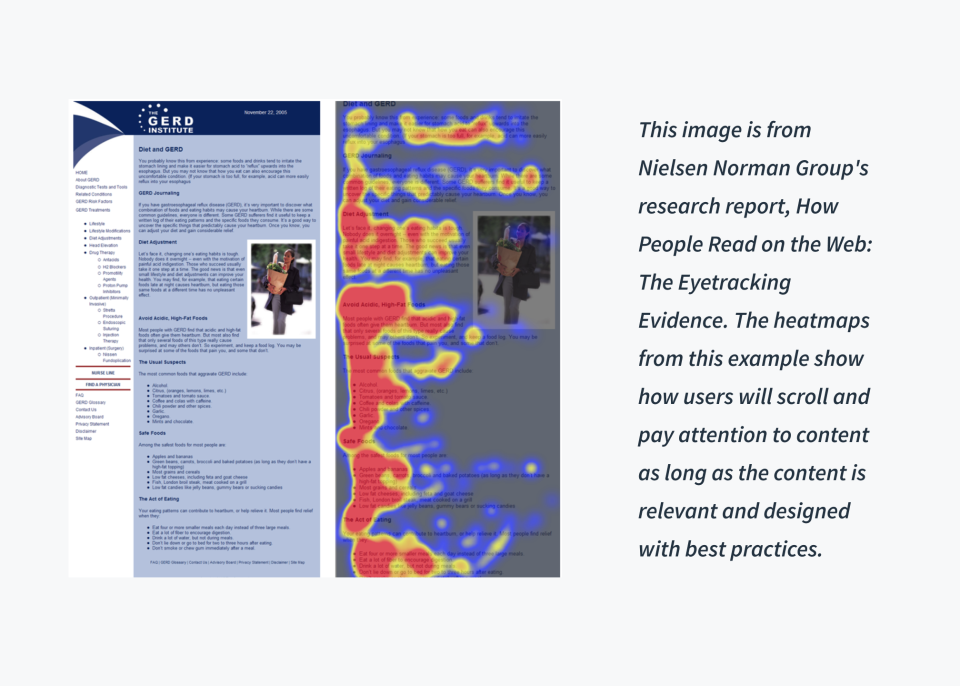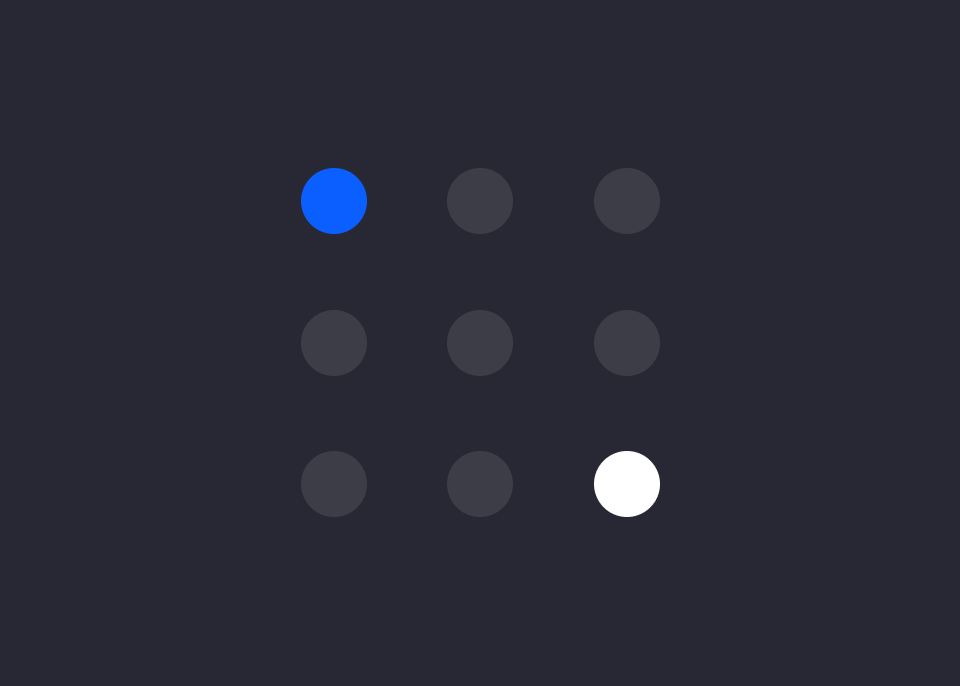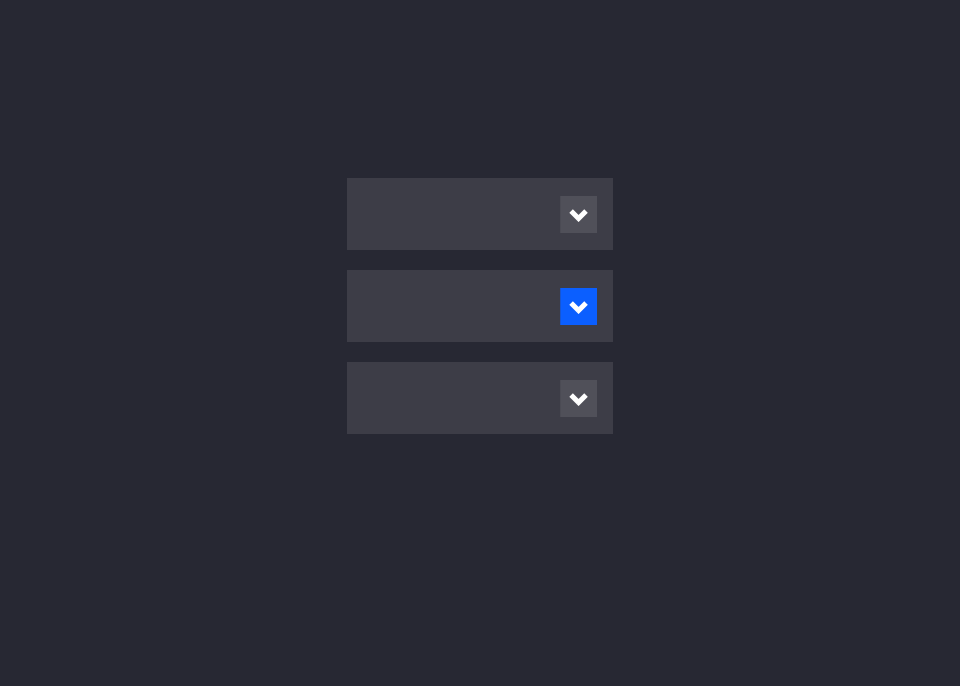Do People Scroll? by Patrick Pentz on April 11, 2019
1 Min Read

Summary
It is commonly believed that users do not scroll down long-content pages.
What does the research say?
- In 2010, studies showed that users spent 80% of their time above the fold.
- In 2018, a new study found that 74% of viewing time was spent in the first two screenfuls, and the remaining 26% trickled down the page incrementally.
- Another eye-tracking study shows that people scroll as long as designs follow best practices.
- Users read long-content pages faster than paginated or segmented ones.

Takeaway
The research shows that people are more inclined to scroll today than ever before. However, users still pay more attention to the content positioned in the top part of the page. Due to this fact, it's essential that designers follow best practices for scrolling.
- Prioritize content with the most important items at the top.
- Optimize web-pages for easy scanning.
- Provide strong navigation elements like a sticky navbar, 'back to top' button, or jump-to links.
- Avoid the false-bottom phenomenon by including strong visual signifiers to help users scroll and discover content.
• Accordions Are Not Always the Answer for Complex Content on Desktops
• The Myth of the Page Fold: Evidence from User Testing
• The Impact of Paging vs. Scrolling on Reading Online Text Passages


